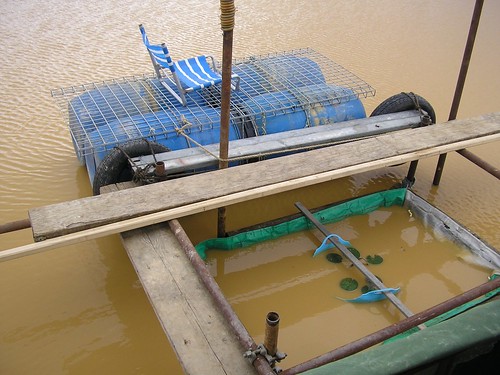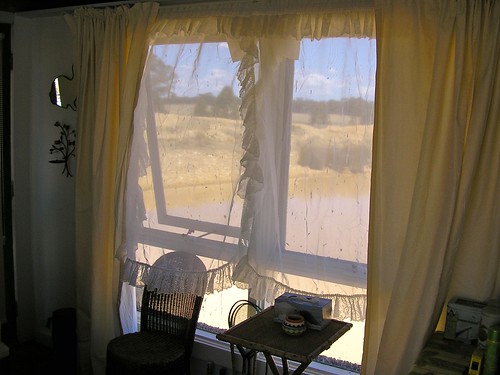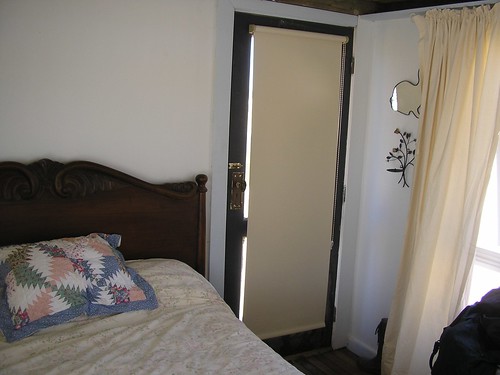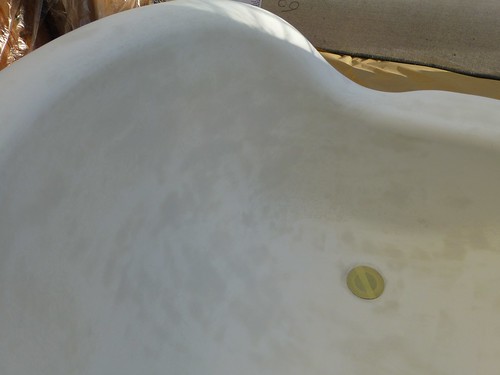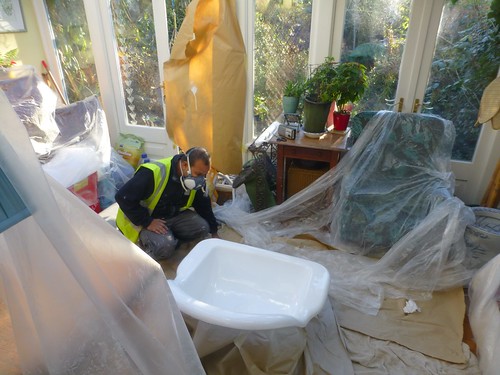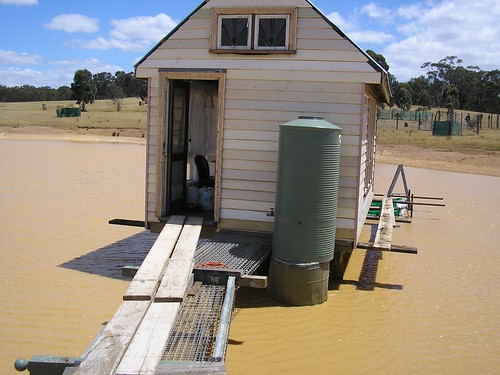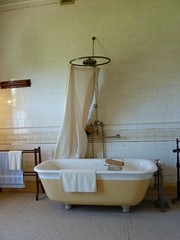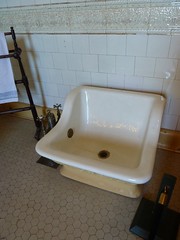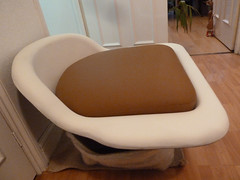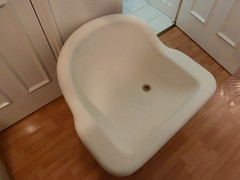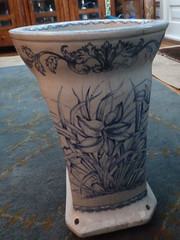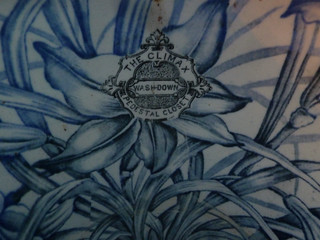It's time yet again for a look back at the weather over the past year, from the Maryborough weather station (the nearest to us), courtesy of the Bureau of Meteorology. For previous years see: 2011, 2010, 2009, 2008, 2007 and 2006.
Here's a graph showing the maximum and minimum temperatures reached each day, in celsius (click to view it bigger):

The hottest day was 29th November 2012 when it reached 40.2. The coldest was -2.6 on 8th July.
Rainfall wise, it was not a great year, with only 444mm of rain during the entire year. In its spread, it seems to be a similar pattern to past years. I'm learning that when there's higher than usual rainfall it's because there's just a few giant cloudbursts, rather than any long-term pattern change. 2012 rainfall was among the lower years if you look historically, so I guess we are back in an El Nino phase.
This graph shows the year's rainfall plotted cumulatively, and the one below it gives the historical perspective:


Here's a graph showing the maximum and minimum temperatures reached each day, in celsius (click to view it bigger):

The hottest day was 29th November 2012 when it reached 40.2. The coldest was -2.6 on 8th July.
Rainfall wise, it was not a great year, with only 444mm of rain during the entire year. In its spread, it seems to be a similar pattern to past years. I'm learning that when there's higher than usual rainfall it's because there's just a few giant cloudbursts, rather than any long-term pattern change. 2012 rainfall was among the lower years if you look historically, so I guess we are back in an El Nino phase.
This graph shows the year's rainfall plotted cumulatively, and the one below it gives the historical perspective:



